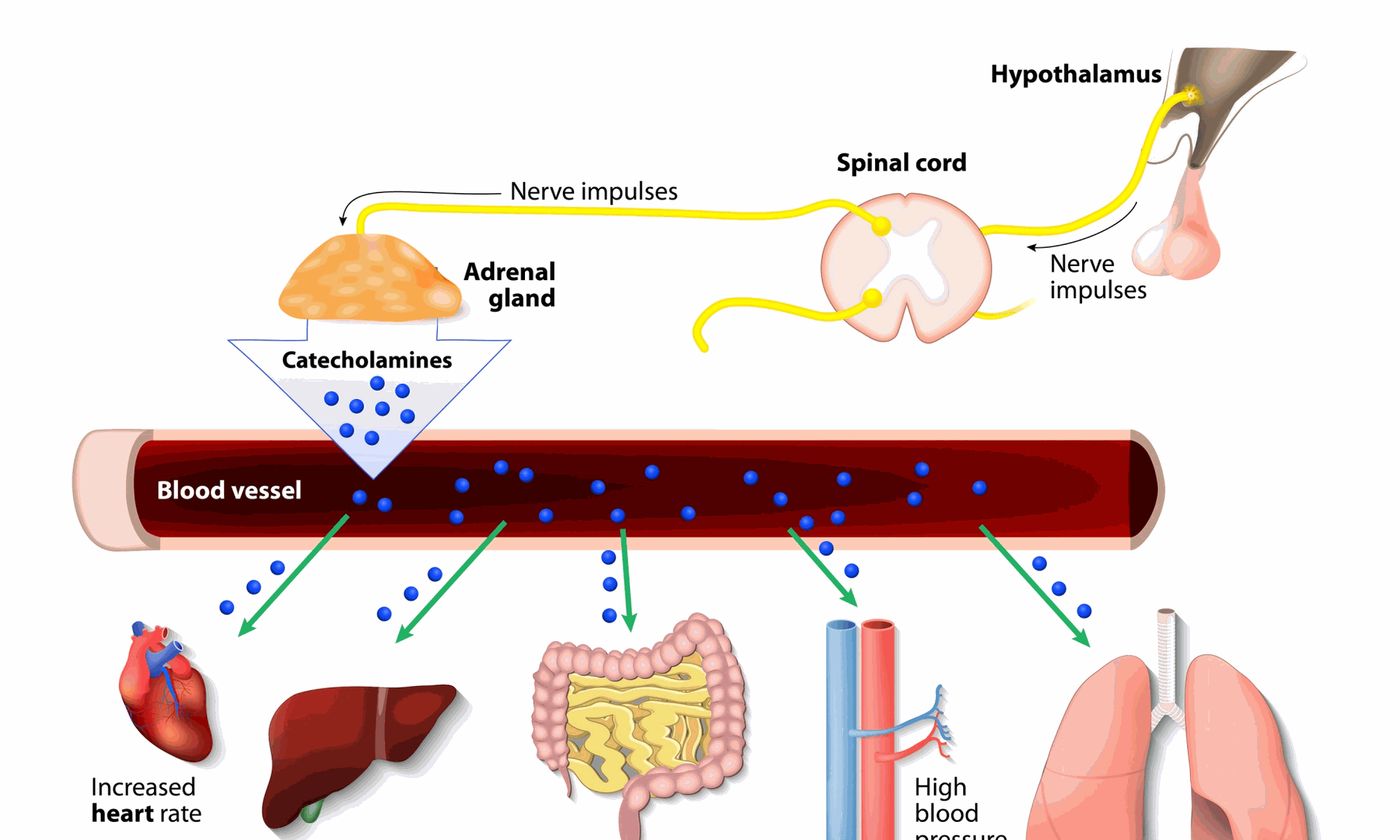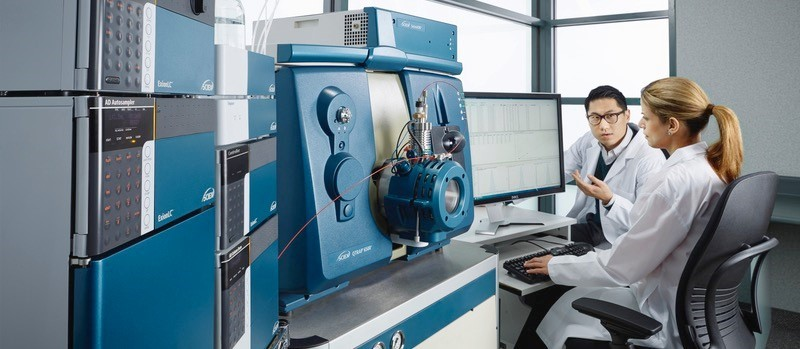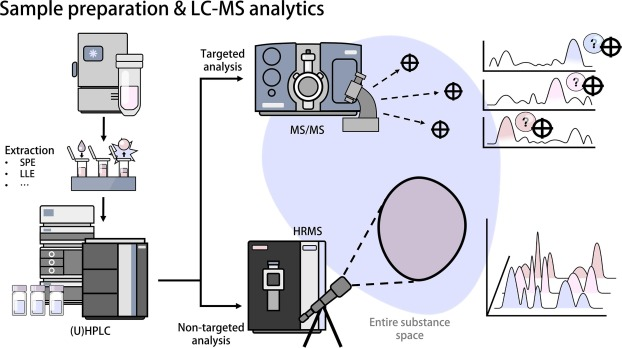Catecholamines: The Chemical Messengers of Stress
Imagine tiny messengers zipping around your body, fine-tuning everything from heart rate to blood pressure. That's the role of catecholamines – dopamine, epinephrine (adrenaline), and norepinephrine – synthesized in the adrenal medulla and specific neurons. These molecules play a critical role in the "fight-or-flight" response, preparing us for physical or emotional challenges.
Traditional Methods: Limitations Abound
For years, scientists relied on high-performance liquid chromatography (HPLC) with electrochemical detection (ECD) to measure catecholamines in urine. While valuable, this technique has limitations. Other chemicals in urine can interfere with the signal, and sensitivity is somewhat limited, making it difficult to detect very low levels of catecholamines.
Enter LCMS-MS: A Game Changer in Catecholamine Analysis
Liquid chromatography-tandem mass spectrometry (LCMS-MS) has emerged as a game-changer in catecholamine analysis. Here's why:
- Supercharged Sensitivity: LCMS-MS can detect incredibly low levels of catecholamines in urine, offering a clearer picture of their presence.
- Specificity on Point: This technique doesn't get fooled! By analyzing unique fragmentation patterns, LCMS-MS precisely identifies each catecholamine, eliminating interference from other molecules.
- Multitasking Marvel: Forget separate tests for each catecholamine. LCMS-MS can simultaneously analyze dopamine, epinephrine, and norepinephrine in a single run, saving time and resources.
- Sharper Separation: LCMS-MS effectively separates catecholamines from other components in urine, leading to more accurate and reliable measurements.
From Diagnosis to Monitoring: The Clinical Power of LCMS-MS
This powerful technique is more than just a scientific marvel. LCMS-MS analysis of catecholamines in urine plays a vital role in several clinical areas:
- Pheochromocytomas and Paragangliomas: These tumors overproduce catecholamines. Elevated levels detected by LCMS-MS can aid in diagnosing and locating these tumors.
- Neuroblastoma: This childhood cancer is often associated with high catecholamine levels. LCMS-MS analysis can support diagnosis, monitor treatment response, and detect relapse.
- Metabolic Disorders: Problems with catecholamine metabolism can manifest in various symptoms. LCMS-MS analysis can help diagnose disorders like dopamine-beta-hydroxylase deficiency.

The Future of LCMS-MS: Pushing the Boundaries
The future of LCMS-MS analysis for catecholamines is bright! Researchers are actively exploring ways to further refine the technique:
- Faster Workflows: Developing methods for quicker analysis can improve laboratory efficiency.
- Enhanced Detection: New ionization and fragmentation approaches can improve the sensitivity and specificity of the analysis.
- Urine Metabolite Profiles: Investigating the broader profile of urinary metabolites might lead to the discovery of novel biomarkers for disease diagnosis and prognosis.

Conclusion
By unveiling the secrets of catecholamines in urine, LCMS-MS provides valuable insights into both normal physiological processes and pathological conditions. As the technology continues to evolve, we can expect even more exciting discoveries in the years to come.